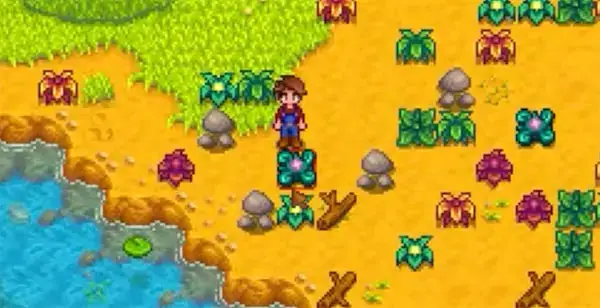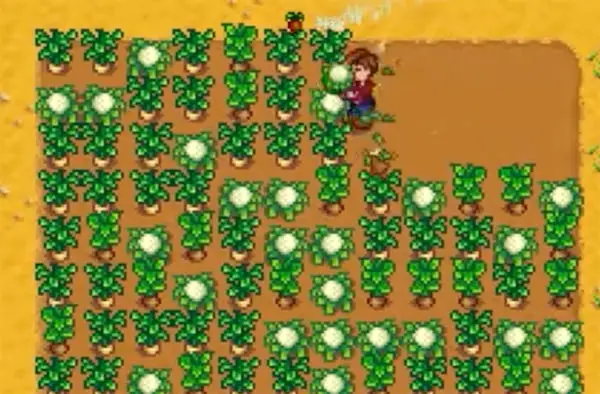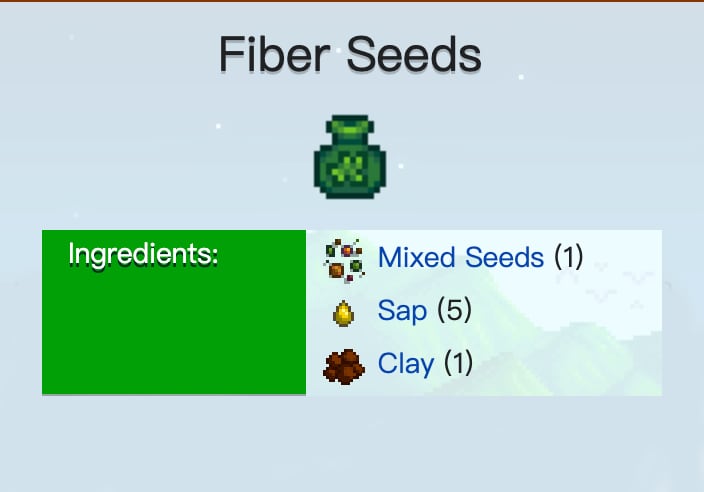The Versatile Magic of Mixed Seeds in Stardew Valley
Stardew Valley, the charming farm simulation game, has captured the hearts of gamers around the world. Among the many intricacies that bring the game to life is the concept of mixed seeds. These seemingly mundane items can have a profound impact on your farming journey, especially for those starting fresh on their farm. In this feature, we delve deep into the world of mixed seeds to unravel their many uses and benefits.
The Origins of Mixed Seeds

Mixed seeds are most commonly obtained by clearing weeds, which have a 5% drop rate for these seeds. Clearing weeds on your farm and around the town can net you a substantial amount of mixed seeds. If you choose the Forest Farm layout, the weeds with flowers are guaranteed to drop mixed seeds. Four Corners Farm also offers these special flowered weeds.
Early-Game Strategies with Mixed Seeds
Mixed seeds are particularly useful in the early stages of the game when money is tight. You can plant them in your farm, greenhouse, or pots. The crop that grows is random but depends on the location and season. For instance, in spring, mixed seeds will yield Cauliflower, Parsnip, or Potatoes.
Many players use mixed seeds to grow Potatoes and Cauliflower at the start, saving money by not having to buy seeds from Pierre. Then, with the money saved, you can buy a fishing rod or Green Bean seeds, which cannot be obtained from mixed seeds.

Seasonal Adaptability
Mixed seeds adapt to the current season, offering a range of possible crops:
- Spring: Cauliflower, Parsnip, Potato
- Summer: Corn, Hot Pepper, Radish, Wheat
- Fall: Artichoke, Corn, Eggplant, Pumpkin
While Corn and Hot Pepper are also community center bundles (sacrificial crops), it’s not recommended to rely on mixed seeds for these by summer, as you’ll have better financial stability by then.
Mixed Seeds for Late Spring and Summer
By late spring, if you find yourself with an abundance of mixed seeds, you can use them to “reserve” your tilled soil. Plant them two or three days before summer starts, and you’ll have crops ready to harvest without having to till or water the soil on the first day of summer.
Crafting Fiber Seeds
Late in the game, Linus gives you a quest called “Community Cleanup,” where you have to collect 20 pieces of trash. Completing this quest unlocks the Fiber Seeds recipe. This recipe uses one mixed seed, five sap, and one clay to create a Fiber Seed, which can drop 4–7 fibers and has a 10% chance to give you a mixed seed back. They grow in all seasons and are excellent for soil preservation and gaining some quick foraging experience.

Winter and Ginger Island Considerations
Mixed seeds can’t be planted outdoors during winter but work well in greenhouses and pots. On Ginger Island, contrary to popular belief, mixed seeds can yield Blueberries, Melons, Pineapples, and Rhubarbs, not just Pineapples.
Final Thoughts
Mixed seeds might not seem like much at first glance, but their versatility can save your early-game and offer utility throughout the year. With limited sources like Krobus who sells 10 per week or the small chance during seed production, acquiring them might be challenging. But once you do, they serve as a resilient backbone to your agricultural adventures in Stardew Valley.